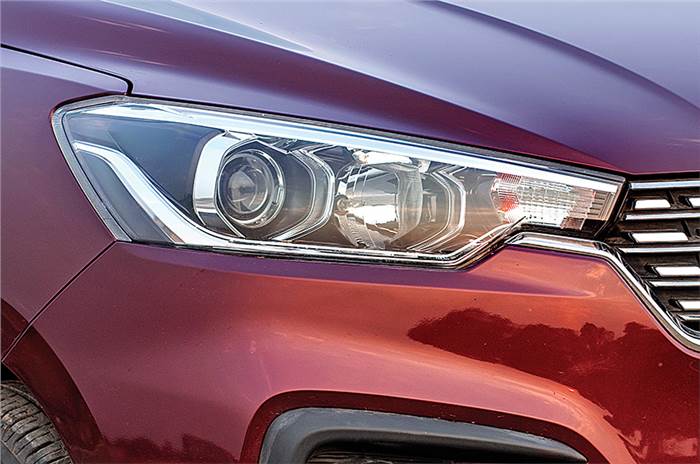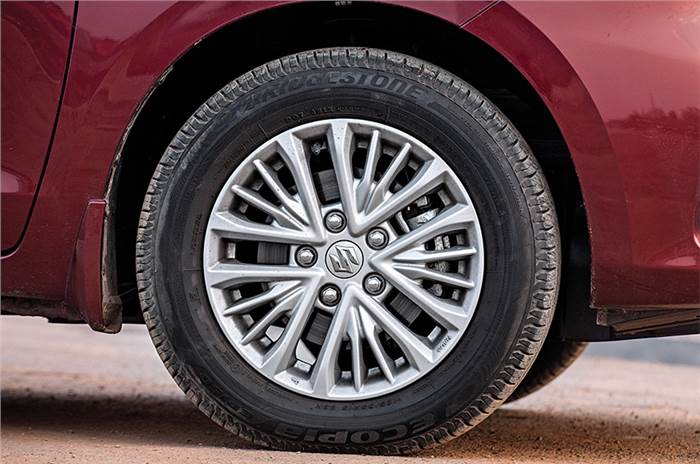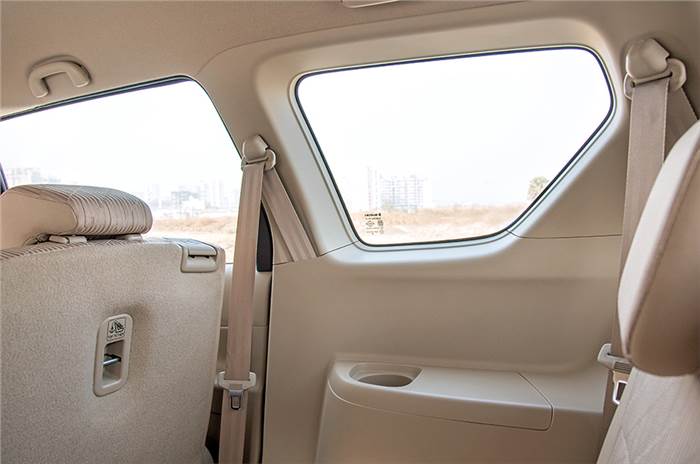2019 Maruti Suzuki Ertiga review, road test
This second generation is also a versatile and a value-for-money package. But how much better is it than the previous Ertiga?
Published on Feb 27, 2019 06:00:00 AM
1,83,249 Views
Follow us on


Artificial wood trim, Audi Q7-like air vents and a beige theme lend an upmarket look to the interiors.

Loading lip is low, the boot is well-shaped and more usable than before.
We Like
- Plush ride
- Seat comfort and space
- Easy to drive
- Value for money
We Don't Like
- Noisy diesel engine
- Some missing equipment
- Petrol AT's fuel efficiency
For its sheer versatility and value for money, the first-gen Maruti Suzuki Ertiga set off to a flying start when it launched in 2012. Over the years, however, its sales witnessed a few troughs due to the shift in buyer preferences towards other segments like compact sedans, premium hatchbacks and SUVs. Despite that, this seven-seater from Maruti soldiered along with steady sales (a major contributor being the taxi market), and even towards the end of its life cycle it averaged over 3,500 units per month, which is quite respectable. But now, there’s an all-new, second-generation Ertiga, and if initial impressions are anything to go by, this one is far more desirable and a much better package than the one it replaces.

Built on an all-new platform, the second-gen Ertiga is larger in every dimension, and, as a result, is more spacious than before. It comes with two engine options – an all-new 105hp, 1,462cc petrol, and the tried and tested 90hp, 1,248cc Fiat-sourced diesel. Both engines are mated to 5-speed manual transmissions, with the petrol also getting a 4-speed automatic in the form of a traditional torque converter. A petrol-CNG and an all-new in-house developed 95hp, 1,498cc diesel engine are likely to join the range soon.

The petrol Ertiga’s pricing is very aggressive at Rs 7.44-9.50 lakh for the manual and Rs 9.18-9.95 lakh for the automatic. And at this price point in the rather uncrowded MPV market, it doesn’t have any direct competitor. At Rs 8.84-10.90 lakh, the diesel-manual is a bit pricey, especially considering the Rs 1.40 lakh premium it commands over the petrol but it still undercuts its core rivals – Mahindra Marazzo (Rs 9.99-14.38 lakh) and Renault Lodgy (Rs 8.63-12.12 lakh) by a significant margin. So it is still a value-for-money proposition, but what’s improved from the first-gen model? We put it through our thorough test to find out.
| Maruti Suzuki Ertiga Price, Mileage, Specifications, Features and Variants | |
|---|---|
| Brand | Maruti Suzuki |
| Model Name | Ertiga |
| Maruti Suzuki Ertiga Price | ₹ 9.84 - 15.20 lakh |
| Maruti Suzuki Ertiga Range/Mileage | Petrol : 20.3 - 20.51kpl | CNG : 26.11km/kg |
| Maruti Suzuki Ertiga Specifications | MUV | 5 doors | 7 seats View All Specs |
| Maruti Suzuki Ertiga Features | Halogen headlight | 7-inch Touchscreen display | 2 airbags View All Features |
| Maruti Suzuki Ertiga Variants | 1.5 petrol LXi MT | 1.5 petrol VXi MT | 1.5 CNG VXi MT View All Variants |

Copyright (c) Autocar India. All rights reserved.






Comments
Member Login
Personal Details
No comments yet. Be the first to comment.